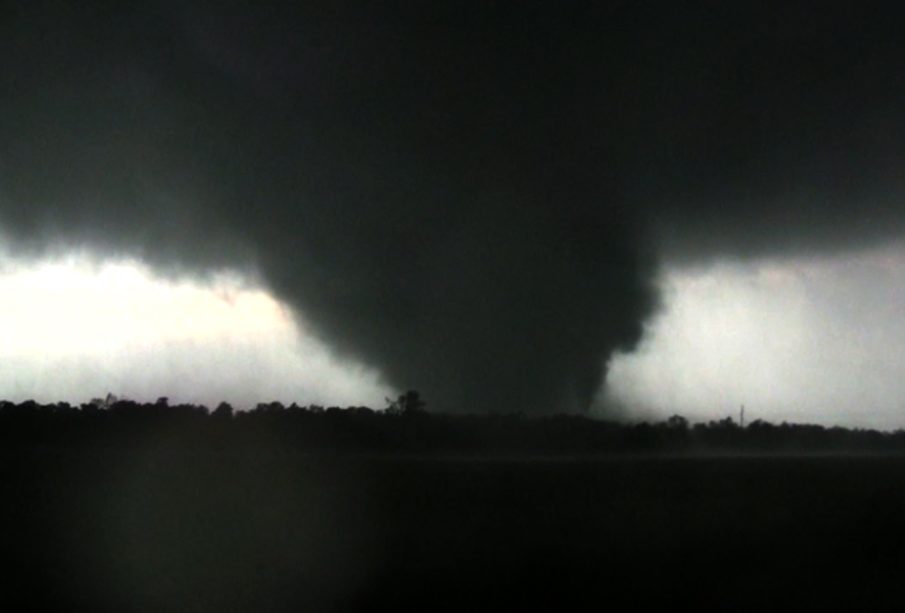Remembering the Joplin Tornado: A Decade Later

Introduction
The Joplin tornado, which struck on May 22, 2011, remains one of the deadliest tornadoes in U.S. history. Claiming 158 lives and injuring over a thousand others, the event reshaped the landscape of emergency management and community resilience. As the community commemorates the tragedy’s anniversary, it is vital to reflect on its implications for disaster preparedness and recovery processes.
Details of the Event
The EF5 tornado, with winds exceeding 200 mph, carved a path of destruction over a 22-mile stretch of Joplin, Missouri. Not only did it devastate residential areas, but it also wrecked schools, hospitals, and businesses, causing damage estimates to reach upwards of $2.8 billion. The tornado struck during the evening, when many were home, compounding the tragedy.
In the aftermath, emergency responders faced immense challenges, including coordinating rescue efforts and managing the needs of thousands of displaced residents. Local hospitals, including St. John’s Regional Medical Center, were overwhelmed by the number of injuries, and urgent help was sought from surrounding areas.
Lessons Learned and Current Implications
In response to the disaster, significant changes were implemented in Missouri’s emergency management policies. Enhanced warning systems and community outreach initiatives aimed at educating residents about storm preparedness were introduced. The role of meteorologists became increasingly critical, focusing efforts on providing timely and accurate information to the public.
Additionally, the Joplin tornado highlighted the need for building codes to withstand severe weather, leading to stricter regulations in home construction and community planning. The recovery efforts not only involved physical rebuilding but also emphasized mental health resources, showcasing the importance of psychological support in disaster recovery.
Conclusion
As Joplin marks a decade since the tornado struck, the city continues to honor those who lost their lives and underscores the resilience demonstrated by its community. The lasting impact of the event serves as a reminder for all communities in tornado-prone areas to prioritize disaster preparedness and implement strategies that enhance safety and recovery. Looking forward, ongoing education and infrastructure improvements can further mitigate the impacts of such catastrophic events, ultimately saving lives and fortifying communities for future challenges.









